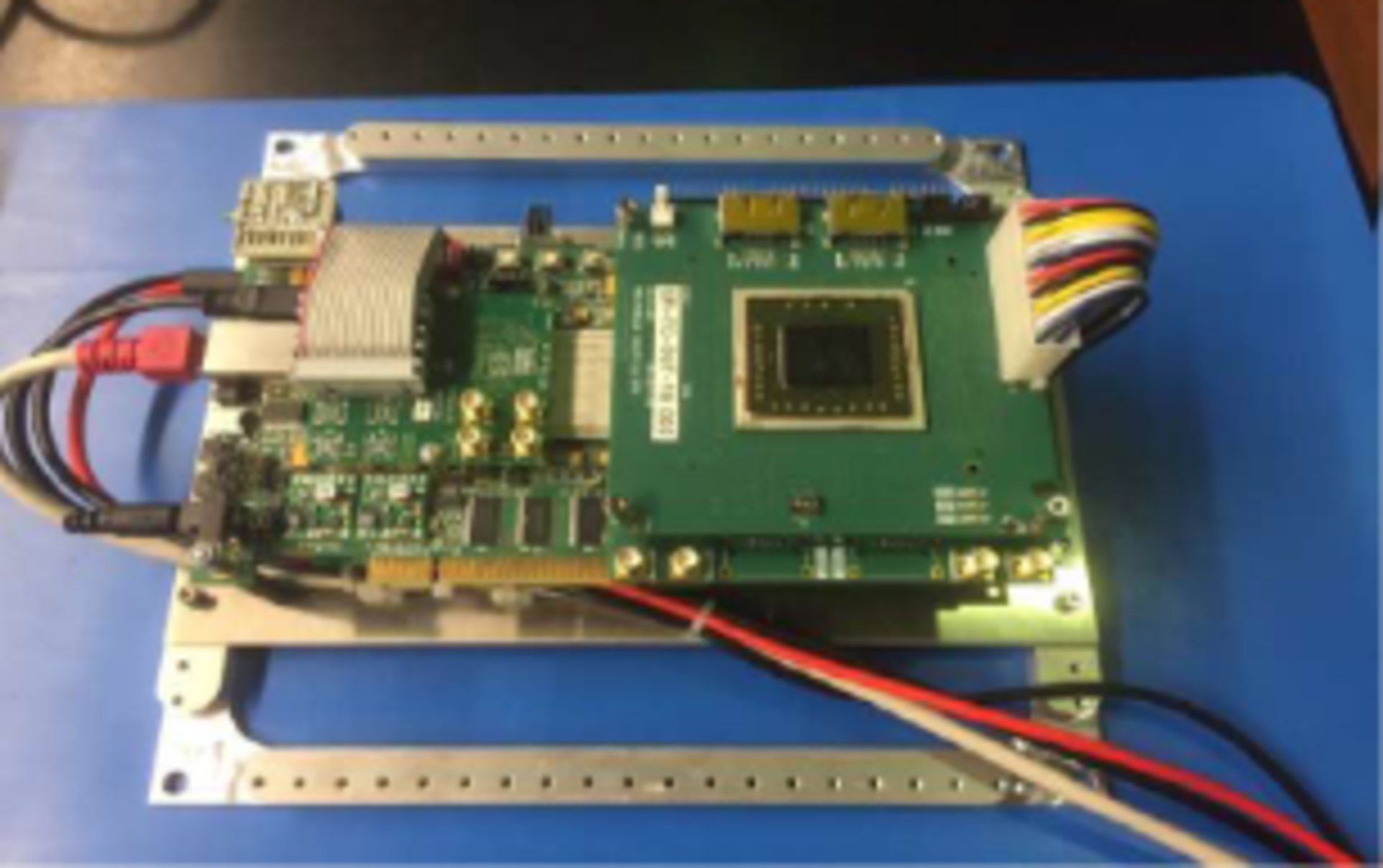Radiation testing of EEE Parts
The reprogrammability, design capacity and performances of the most advanced SRAM based Field Programmable Gate Arrays (FPGAs) make them very attractive for space applications. But FPGAs are very expensive, so there is a lot of interest for finding suitable commercial versions which can be bought off-the-shelf (COTS) to be used in some ESA programs.
ESA industrial policy has identified the need for 1M+ gate FPGAs for future missions. The behavior of electric, electronic or electro-mechanical (EEE) parts such as these is vital to knowing which can be used in space. Seeing how they perform when exposed to the space radiation environment is a key element of the selection process for ESA projects, and often there is a need to quickly get radiation data on parts considered for projects.
An activity with Radtest, UK, and TDE has developed a way to perform reliable radiation tests quickly on EEE parts selected for ESA R&D activities or projects, which also involved obtaining data on COTs FPGAs.
The activity also wanted to determine whether the current guidelines for selecting a quantity of parts of radiation testing can be improved upon by using a different quantity of parts or by using a different selection process something which is becoming more pertinent for COTs parts as they become more and more popular for short duration and LEO missions.
The activity found that, after applying the standard ESA test method for total dose radiation testing the results showed that, when a critical part of an FPGA is damaged by radiation then functional failures are inevitable. A complex space design was implemented for the COTS FPGA called RTG4, which performed as expected under heavy ion irradiation (large number of corrected errors) with the exception of a very small number of design resets.
40000113697 closed in 2021


